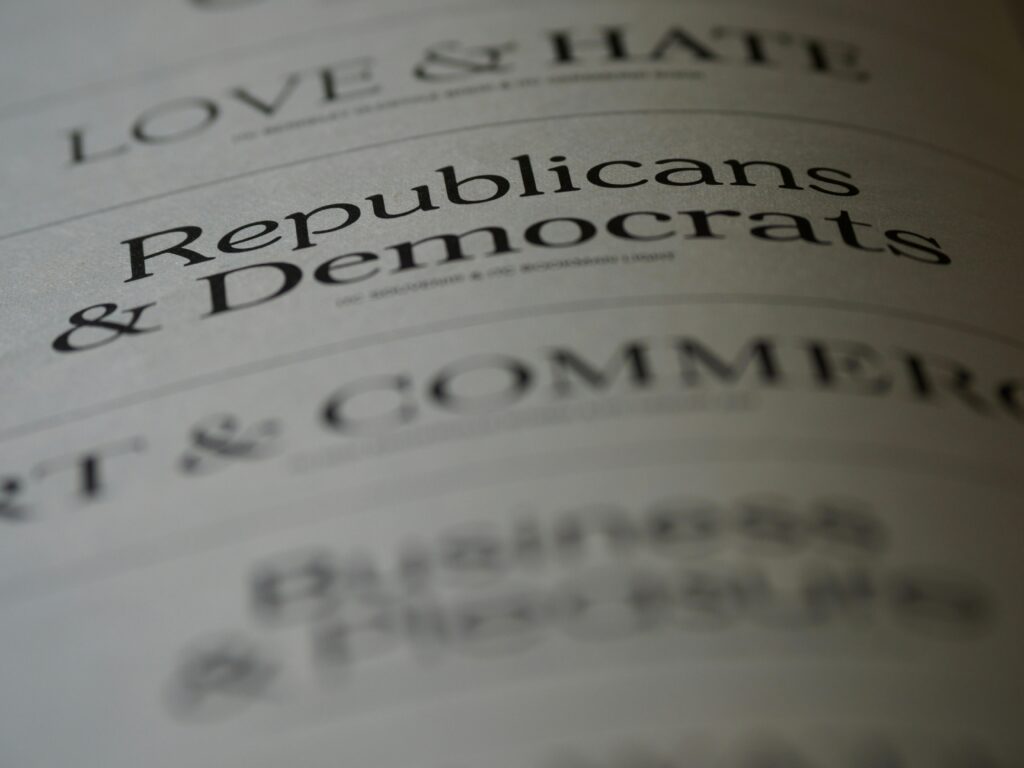Author: Shruti Kapil, Researcher and Mutual Dependence desk.
We are pleased to share an in-depth analysis of the significant changes in Jammu and Kashmir following the abrogation of Article 370. This briefing paper examines the security situation and progress in the region, especially in light of recent attacks on Hindu pilgrims, security personnel, and other civilians that have drawn global attention.
Authored by Shruti Kapil, the paper delves into the historical, cultural, and geopolitical aspects of Jammu and Kashmir. It offers a detailed look at the region’s security landscape and socio-economic conditions following the legislative change on August 5, 2019. The analysis also emphasizes the delicate balance between security measures and human rights, the importance of transparent governance, and the necessity for inclusive economic development. Additionally, it highlights the role of international diplomacy in shaping global narratives and securing support for India’s position on Kashmir.
For a comprehensive understanding of these critical developments, please follow the link to view the full paper here.



